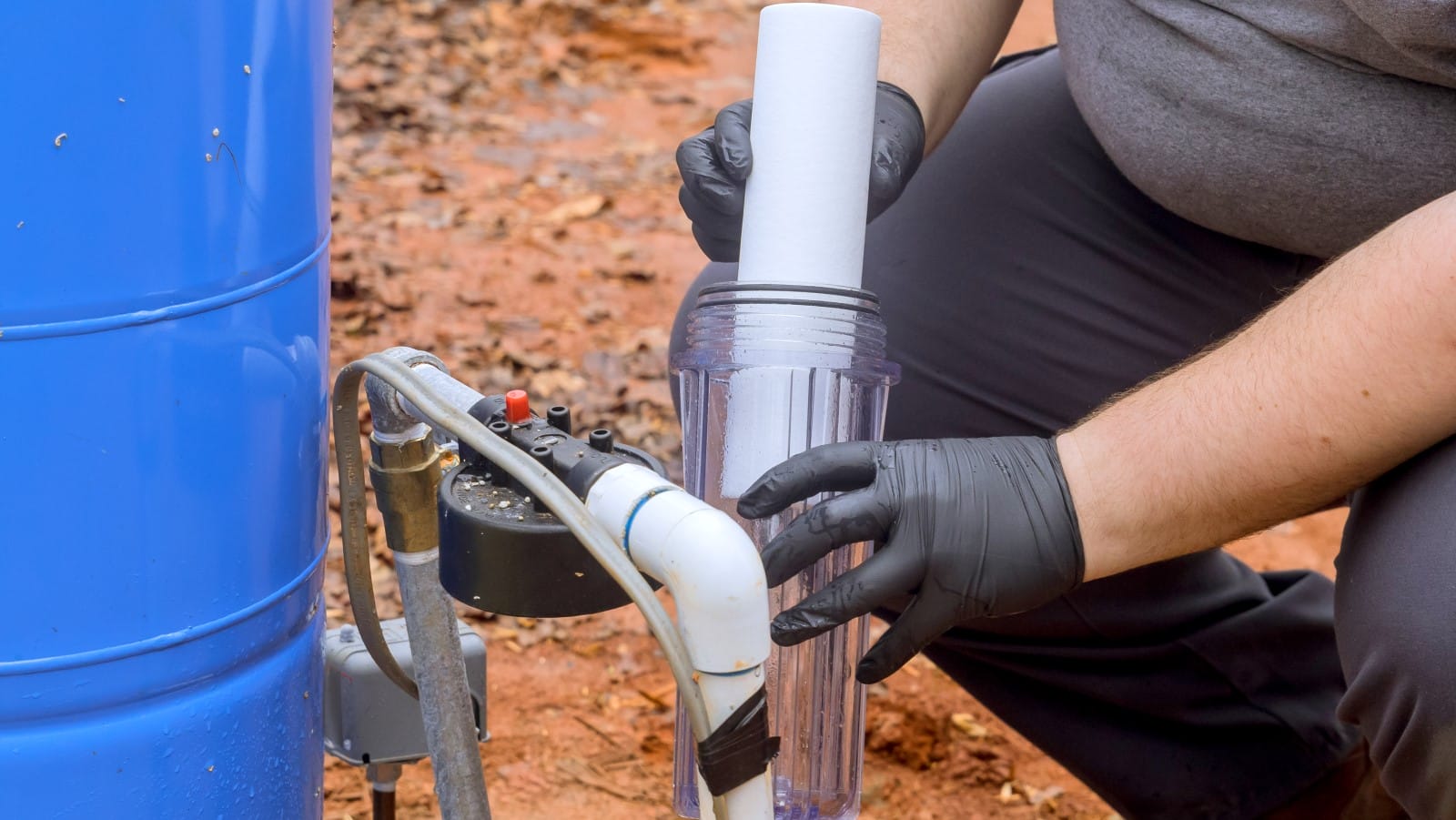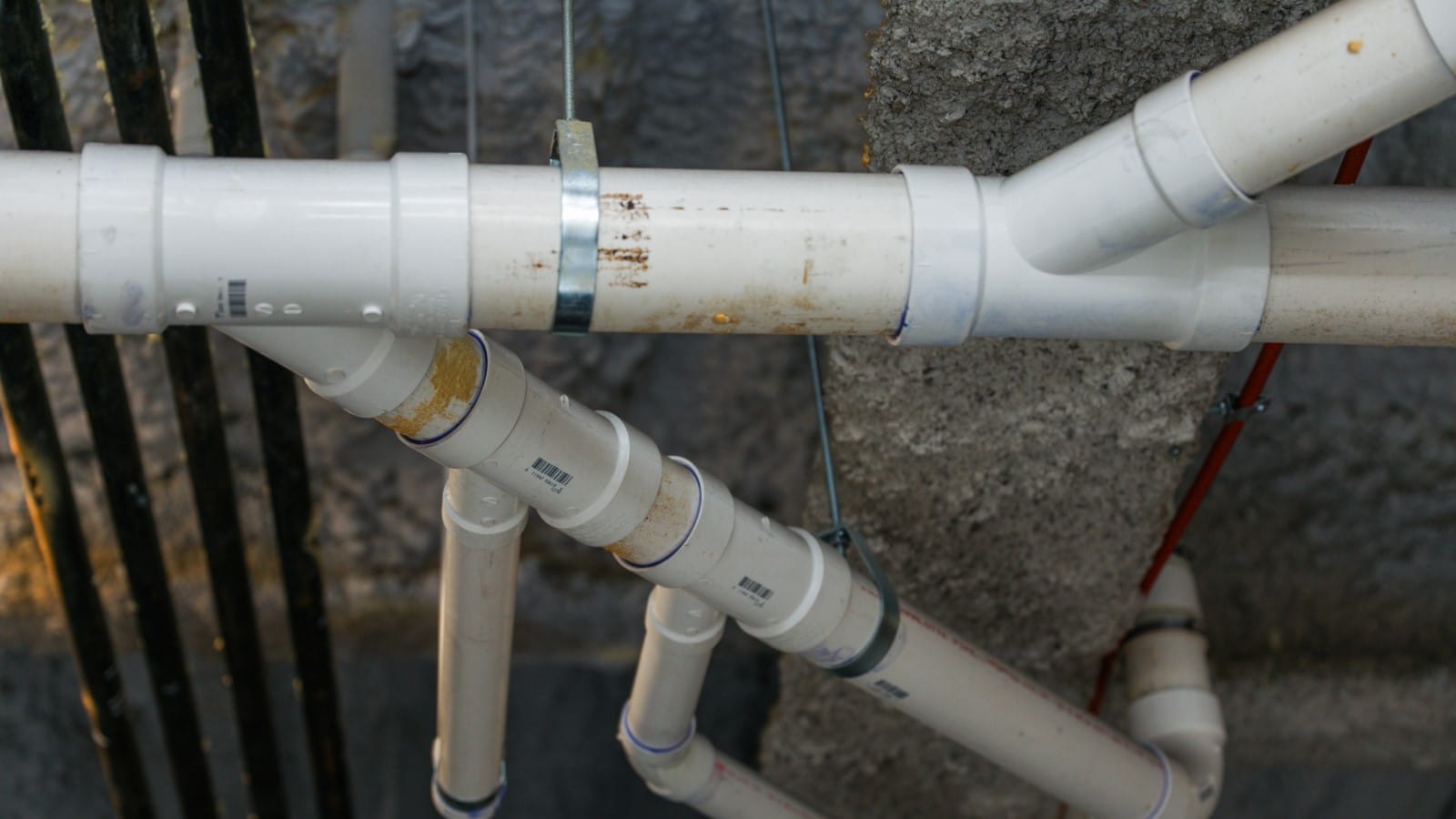Electric water heaters, a staple of modern living, offer the essential convenience of providing hot water for various daily tasks. These units are pivotal in our comfort and well-being, from showering to cleaning.
However, their efficiency and longevity hinge on regular and proactive maintenance. Neglecting this can decrease efficiency, increase utility bills, and even cause premature breakdowns. This comprehensive guide is designed to help you master the preventive maintenance of your electric water heater, ensuring it operates smoothly and lasts longer.
Key Benefits of Regular Maintenance
- Efficiency: Ensures your unit heats water quickly and uses less energy.
- Longevity: Extends the overall life of your water heater.
- Reliability: Reduces the likelihood of unexpected breakdowns or malfunctions.
Essential Preventive Maintenance Steps
- Annual Flushing: Regularly flushing the tank removes sediment buildup, which can impact efficiency.
- Check the Heating Elements: Inspect and, if necessary, replace the elements to ensure optimal heating.
- Thermostat Maintenance: Regularly check and adjust the thermostat to prevent overheating and save energy.
- Inspect Safety Valves: Ensure the pressure relief valve opens correctly to maintain safety.
- Drain the Tank: Draining a few gallons of water annually helps to clear out any sediment from the bottom of the tank.
- Check Water Supply and Connections: Regularly inspect the water supply lines for any signs of wear or leaks.
By following this checklist, you can maintain the optimal function of your electric water heater, ensuring it reliably provides hot water when you need it.
Whether you have a traditional water heater tank or a tankless water heater, these steps will help you extend the life of your unit and maintain your water heater effectively. Remember, a little maintenance goes a long way in ensuring a steady hot water supply in your home.
Flushing Your Electric Water Heater: A Vital Step in Annual Maintenance
The Critical Role of Flushing Your Electric Water Heater
- Combatting Sediment Buildup: Sediments naturally accumulate in your electric water heater’s tank over time, diminishing its efficiency and hastening wear.
- Boosting Efficiency: Regular flushing of these sediments ensures your heater operates smoothly, translating into energy savings.
- Damage Prevention: Annual flushing is a proactive step to prevent corrosion, thereby extending the lifespan and reliability of your unit.
Step-by-Step Guide to Flushing Your Electric Water Heater
Ensuring Safe and Effective Flushing
- Prioritize Safety: Before you begin, disconnect the power to the unit to prevent electrical hazards.
- Preparation: Attach a hose to the drain valve at the heater’s base. This is where the water will exit during the flushing process.
- Drain the Tank: Carefully unscrew and open the drain valve. Let the water and sediments flow until the water is clear, indicating a clean tank.
- Refill the Tank: Once the draining is complete, close the valve and let the tank refill. Be sure to check for leaks as the water comes back in.
- Power Restoration: After the tank is refilled, re-engage the power to the unit, ensuring that your electric water heater is ready to function efficiently again.
- Safety Check: Test the pressure relief valve by lifting its lever and letting it snap back. This valve is crucial to prevent scalding and over-pressurization. If the valve doesn’t open or water continues flowing after testing, it’s time to install a new one.
Enlisting Professional Assistance for Optimal Maintenance
While many of the steps in flushing your electric water heater can be undertaken as DIY projects, enlisting the aid of a professional plumber ensures the job is done safely and effectively. A certified technician has the expertise to handle complex maintenance tasks that go beyond the scope of routine homeowner care. Here’s why professional assistance is advantageous:
- Expert Evaluation: A professional can conduct a comprehensive evaluation, identifying any underlying issues that may not be apparent to the untrained eye.
- Specialized Equipment: Technicians come equipped with the right tools for efficient and thorough maintenance, which is especially important when dealing with electrical components.
- Warranty Preservation: Many water heater warranties require professional servicing to remain valid. By using a professional service, you safeguard your security.
- Peace of Mind: Knowing that a skilled professional is maintaining your water heater can give you confidence in the safety and functionality of your appliance.
Choosing to work with a reputable plumbing company for your electric water heater’s annual maintenance can extend the life of your heater, ensure it runs at peak efficiency, and provide assurance that any potential problems are addressed before they become more significant issues. Remember, the goal is to keep your water heater—and, by extension, your home—running smoothly and efficiently.
Inspecting Elements and Thermostat
Heating Elements and Thermostat
- Regular Checks: Inspect the heating elements and thermostat regularly for any signs of wear or malfunction.
- Temperature Adjustment: Setting the thermostat to around 120 degrees helps balance energy efficiency and hot water needs.
Replacing Elements
- Signs of Wear: Look out for signs of scaling or damage on the elements.
- Professional Help: Consider getting professional help to replace these elements, as it involves electrical safety risks.
Optimizing Electric Water Heater Performance with Effective Insulation
Strategic Insulation for Year-Round Benefits
- Minimizing Heat Loss: Proper insulation of your electric water heater and its associated piping is a critical annual water heater maintenance step. This practice significantly reduces heat loss, leading to substantial energy conservation and cost savings.
- Choosing the Right Insulation Materials: Select high-quality insulation materials for optimal results. Utilize foam insulation for the pipes to prevent heat escape and water drain issues. For the water heater tank, foil-covered bubble wrap is an excellent choice, offering superior heat retention and easy installation and management.
Incorporating these insulation strategies into your annual water heater maintenance routine ensures your unit operates more efficiently. Not only does this extend the life of your heater by reducing the strain on its components, but it also contributes to a more eco-friendly and cost-effective home environment.
Preventive Measures to Avoid Leaks and Corrosion
Preventing Leaks
- Regular Inspections: Check for any signs of leaks around the tank and plumbing connections.
- Anode Rod: Although less common in electric heaters, checking the anode rod each year can prevent corrosion.
Corrosion Control
- Check for Rust: Inspect internal components for any signs of rust or corrosion.
- Maintain Water Quality: Use water softeners if needed to prevent scale buildup.
Scheduled Maintenance: Keeping Your Electric Heater in Top Shape
Annual Check-ups
- Professional Maintenance: Schedule yearly maintenance with a certified technician to ensure comprehensive care.
- Self-Inspection: Learn basic inspection techniques to identify potential issues between professional visits.
Keeping Records
- Maintenance Log: Keep a log of all maintenance activities for future reference and warranty purposes.
Enhancing Your Electric Water Heater’s Performance: A Summary of Key Maintenance Steps
To ensure your electric water heater operates at its peak and stands the test of time, a dedicated approach to preventative water heater maintenance is vital. Embracing these steps keeps your hot water flowing and optimizes the unit’s efficiency and longevity. Here’s a condensed guide to maintaining your electric water heater through effective preventive practices:
- Annual Flushing: Prevent sediment buildup that can affect efficiency by flushing your water heater yearly.
- Heating Element Care: Regularly inspect and, if necessary, replace heating elements to ensure efficient operation.
- Thermostat Adjustments: Keep the thermostat adequately set to prevent overheating and conserve energy.
- Safety Valve Checks: Regularly inspect safety valves, like the pressure relief valve, to ensure they operate correctly.
- Drain the Tank: Draining a few gallons helps remove sediment from the bottom of the tank.
- Inspect Water Supply and Connections: Look for wear or leaks in the water supply lines to prevent potential issues.
- Effective Insulation: Insulate your water heater and pipes to reduce heat loss and enhance energy efficiency.
- Preventive Measures for Leaks and Corrosion: Regularly inspect for leaks and potential corrosion and consider using water softeners to maintain water quality.
- Scheduled Professional Maintenance: Conduct annual check-ups with a certified technician for a comprehensive inspection.
By incorporating these steps into your routine, you maintain a water heater that provides consistent hot water and functions in an energy-efficient manner. While some maintenance aspects are suitable for DIY, don’t hesitate to seek professional assistance for more complex tasks. Following this guide will help you extend the life of your electric water heater, ultimately ensuring a more comfortable and cost-effective home.





